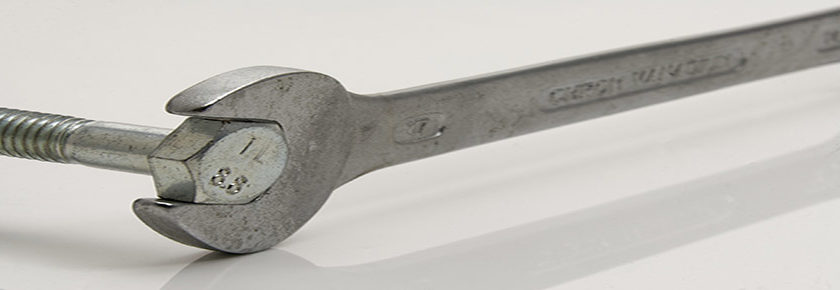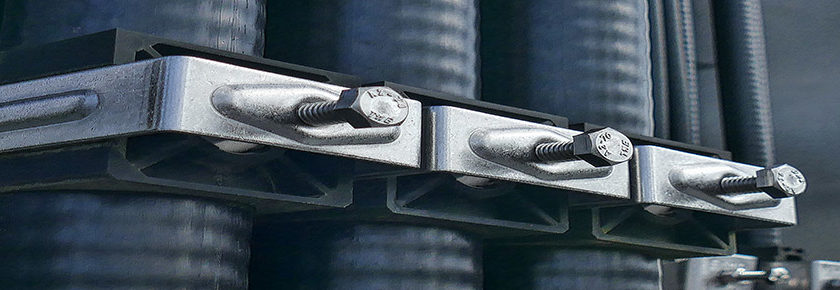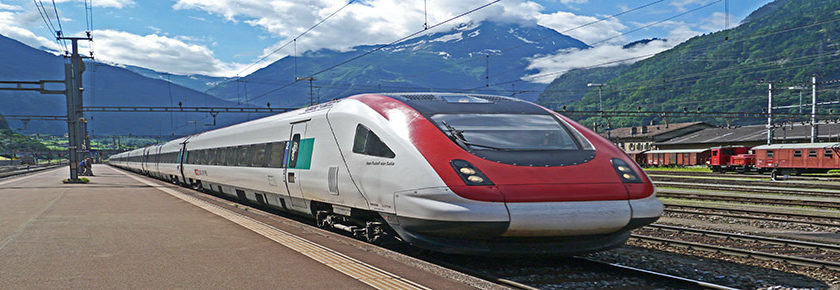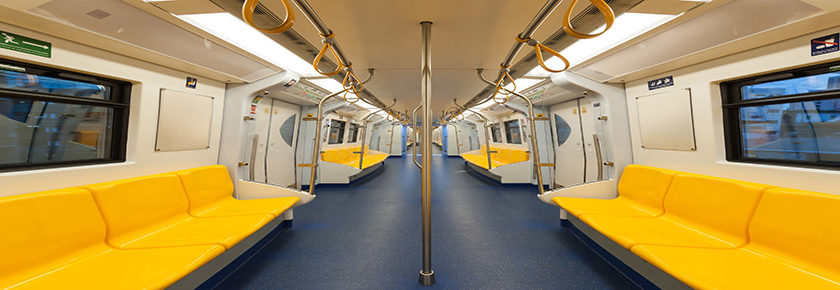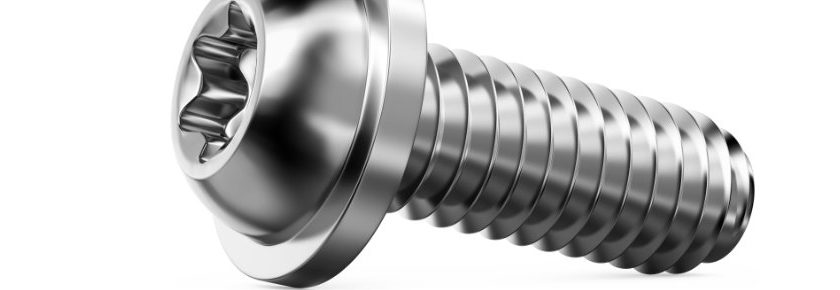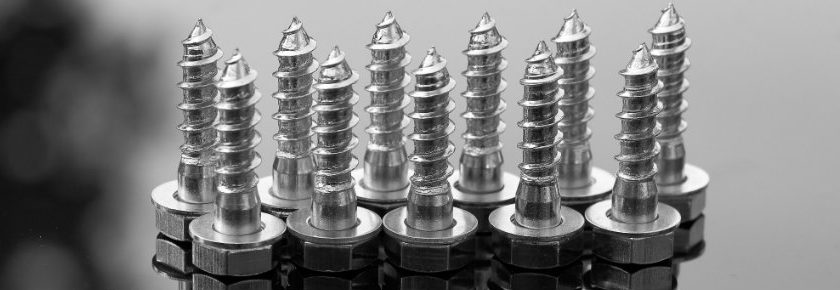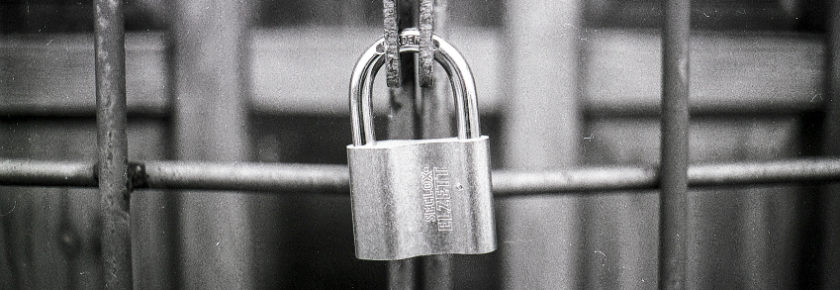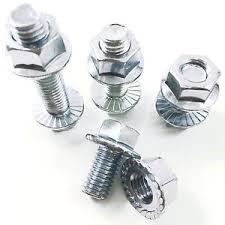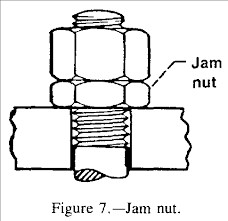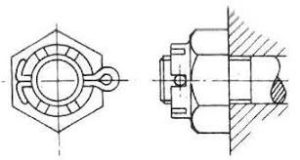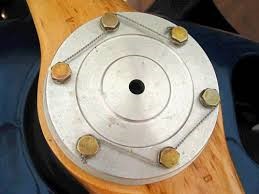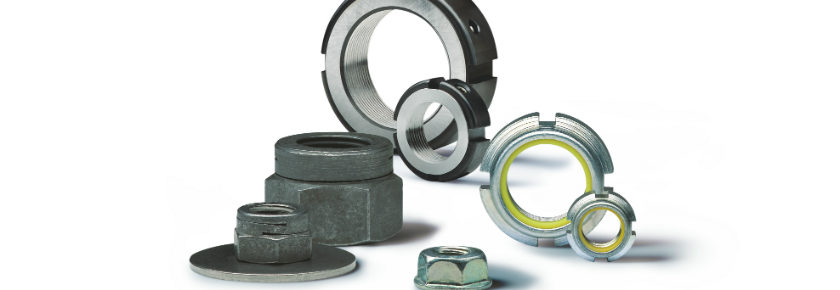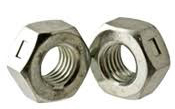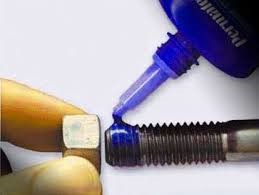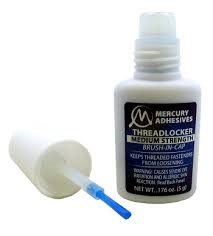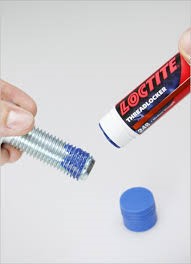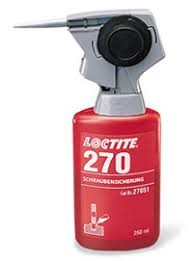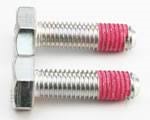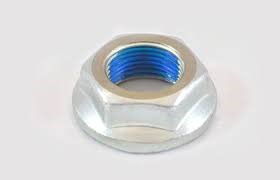When things break or fall apart, fasteners often get unfairly blamed for the trouble. In many cases, the fastener is not to blame.
Yielding fasteners are typically brought about by too much torque. An externally threaded fastener which has been over-torqued will generally stretch and “neck down” causing an hourglass shape as pictured below.
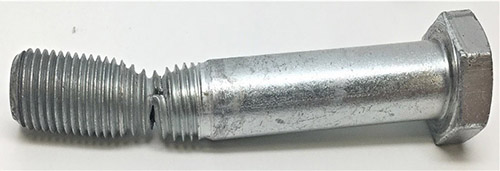
If your fastener looks like this, it has been over tightened. Does this mean that the bolts are weak, or that they are bad bolts? No, it simply means that the amount of load applied to the fastener exceeded the bolt’s mechanical properties.
Three key factors need to be analyzed to understand this failure: the grade or strength of the fastener, torque, and friction.
1.Grade/Strength
Make sure that the strength of the fastener has been properly selected for your application and verify the head markings on the fastener to make sure that someone didn’t use the wrong part.
2. Torque
Was a certain torque prescribed for the joint? If so, was the proper tool and correct torque used to assemble the fastener? Torque charts exist as guidelines for tightening fasteners, so verify that the correct torque was used. It may also be wise to verify the calibration of the tool used. If no torque was specified, then care must be taken not to over tighten.
3. Friction
If the joint was tightened with a calibrated tool to the recommended torque, and if the bolt has the correct strength, but it still looks like the picture above, then what? In this case it is likely that some lubrication has gotten into the threads or under the bearing surface of the joint to lower the friction, transferring more torque into a higher load which exceeds the bolt’s strength. Look for signs of oil or grease which can be transferred from gloves or nearby sources. Eliminating the additional lubrication will often take care of the issue.
For more information on solving fastener joint failures, contact us at ProvenProductivity@bossard.com.

